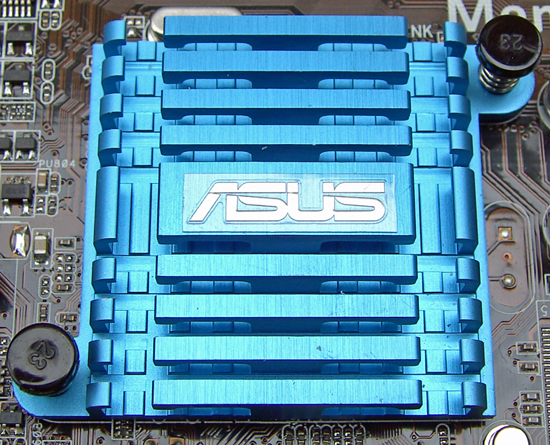ASUS M4A89GTD Pro - A Core Unlocking 890GX for $140
by Rajinder Gill on March 10, 2010 12:00 AM EST- Posted in
- Motherboards
Conclusion
Although there are areas that ASUS need to work on with the M4A89GTD Pro, what they’ve managed to do is set a paper baseline around the $150 mark that is going to be hard for any vendor to compete against. We think ASUS are bang on the money with BIOS layout, automated overclocking, fan control and core unlocking features.
The only thing we see as a potential hindrance at this stage is the random S3 resume behavior we experienced with our Corsair TX950 PSU. As it stands, out of every ten sleep mode resume attempts, you might find one that requires an AC power cycle to reboot. We know of one other person who has encountered this thus far, and that was after going out to find it on purpose at our behest by using the same components. Given the scarcity of the problem, we could probably live with it if we had to, but these things should work properly and it’s our job to point out when they don’t.

Most of the issues we’ve encountered during the course of this review may not affect you at all depending upon component choices and how you intend to use the board. In fact, a lot of what we’ve pointed out relates to Elpida Hyper memory modules, which many of you won't be pairing with a $150 motherboard. If you fall into that category, then we have no hesitation in recommending the M4A89GTD Pro to you. However, if you’re looking for a little more certainty all round, we’ll repeat a familiar mantra at this point and urge you to wait another month before laying down dollars on this platform.










46 Comments
View All Comments
Rajinder Gill - Wednesday, March 10, 2010 - link
Should clarify - I do not add GPU PCIe power draw because that is a separate entity from board consumption really. It's drawn from ATX 12v on most boards so is easy for me to factor out.later
Raja
strikeback03 - Thursday, March 11, 2010 - link
You might want to do a writeup on what exactly you are including, as I was wondering how the CPU, chipset, and GPU all totaled only 29W at idle.Rajinder Gill - Thursday, March 11, 2010 - link
In hindsight I should have - I'll be sure to do so in future.later
Raja
Kibbles - Wednesday, March 10, 2010 - link
For a second there I though the sticker ontop of the USB3 ports were an additional 2 internal USB ports. I was thinking "oh cool, that's nifty, don't know what I'd use it for (wifi?) but it's still nifty." Then I saw a closer picture and realized it was just a sticker lolFoggg - Wednesday, March 10, 2010 - link
The blue header with the yellow sticker by the SATA's must be a PATA 133 IDE connector. It doesn't appear on your spec sheet on page 3.strikeback03 - Wednesday, March 10, 2010 - link
I thought all AMD motherboards had the cage to mount a cooler to around the CPU socket. I don't remember the CPUs coming with this, is it included but not mounted? Do some coolers not use it?Rajinder Gill - Wednesday, March 10, 2010 - link
Hi,They still come with the cage, I uninstalled it to mount the Corsair H50 cooler. So yes, some coolers do not use AMD's mounting plate..
regards
Raja
DigitalFreak - Wednesday, March 10, 2010 - link
WTF is up with the PCI-E switch card? They couldn't swing for automatic switching on a $150 motherboard?xeopherith - Wednesday, March 10, 2010 - link
I wish all the motherboard reviews were this detailed.. Good Job!Most don't have a bunch of "new" features to try out really but I really think you set a new standard by including all the BIOS screens and such.
sampoerna - Wednesday, March 10, 2010 - link
does anyone know if the heatpipe below the chipset heatsink directly touches the HD 4290 IGP core?thnx.